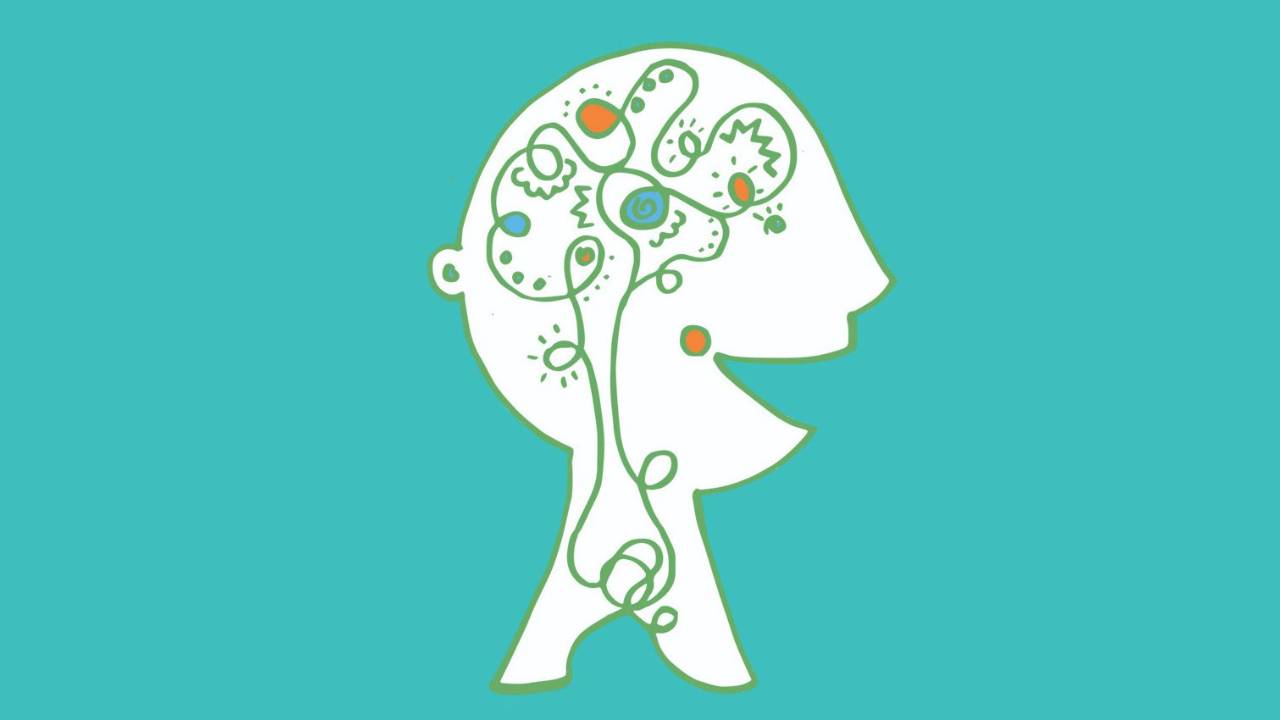Modifications for Working Memory
Mar 13, 2018

Working memory provides a mental workspace in which students can temporarily hold information before using it, or committing long-term memory. Answering comprehension questions, conveying thoughts through writing, completing multi-step tasks, following classroom directions, and engaging in complicated calculations are all dependent on working memory. Working Memory, therefore, serves as a tool essential for academic achievement in traditional classroom environments.
Oftentimes, students with working memory issues are described by teachers as inattentive or distracted. Attention weaknesses and memory are inextricably linked; however, there are specific modifications that can be made to instruction in order to help students manage weaknesses in this area.
Step 1. Identify the Problem - Students' performance on diagnostic evaluations (i.e. standardized assessments of working memory) is often the most reliable source for identifying a weaknesses in working memory.
Step 2. Monitor Student's Understanding - Always ask students to restate directions or steps for task completion.

Step 3. Evaluate the Demands on Working Memory - Before assigning an activity consider the extent to which working memory is taxed. Activities that impose heavy storage demands typically involve the retention of significant amounts of verbal material with a relatively arbitrary content, for example:
• Lengthy multi-step instructions (e.g. Put your sheets on the green table, arrow cards in the packet, put your pencil away, and come and sit on the carpet)
• Sentence dictations or copying notes from the board
• Assignments with multiple steps (e.g. read and response; or calculations).
Step 4. Reduce Working Memory Demands - Reductions can be achieved in a number of ways, including:
• Develop consistent classroom and instructional routines (e.g always have students count the number of words in a dictation sentence and create a dash/space for each word before attempting to write).
• Simplify oral instruction (open your social studies book to page 13, and put your pencil down).
• Break down multi-step tasks into separate independent tasks supported by a checklist
• Use external devices that act as memory aids for the child (e.g. word banks, visual supports, number lines, personalized dictionaries or glossaries for content area classes, structured notes).

Step 5. Implement Strategies Consistently- By nature of their learning profile, students with deficits in their working memory are vulnerable to inconsistencies in application of strategies. By selecting one or two strategies and implementing them on a daily basis for at least one month, teachers can build familiarity and increase the likelihood of independent application.
Step 6. Support Student Reflection. The researchers note that "children with working memory deficits are typically aware of when they have forgotten crucial information, but often do not know what to do in such situations," (Gathercole & Alloway, 2007). Allocating time at the end of an activity to reflect with students on elements that were successful (i.e. what went well?), challenging, and identify changes for next time, supports their internalization of working memory strategies. Reflections also help students with learning disabilities better understand their profiles and advocate for their needs.
Stay connected with news and updates!
Join our mailing list to receive the latest news and updates from our team.
Don't worry, your information will not be shared.
We hate SPAM. We will never sell your information, for any reason.

